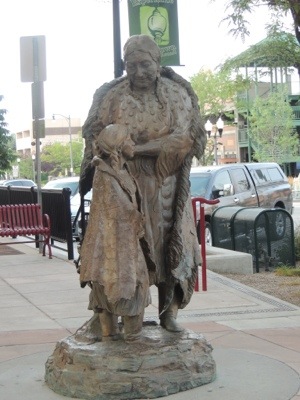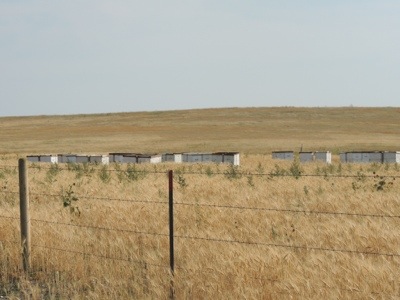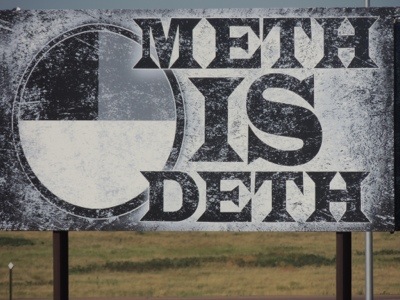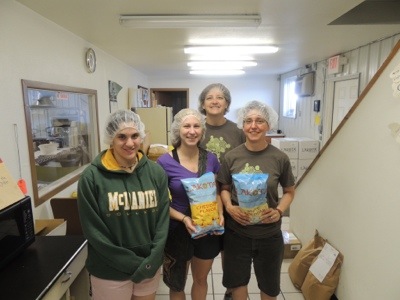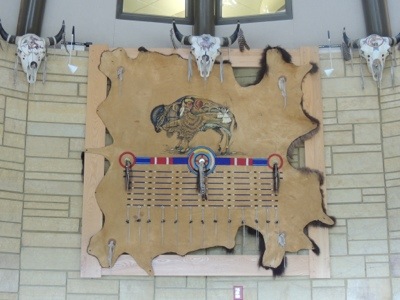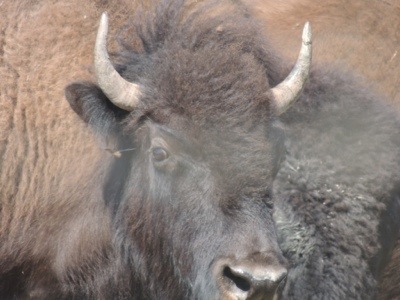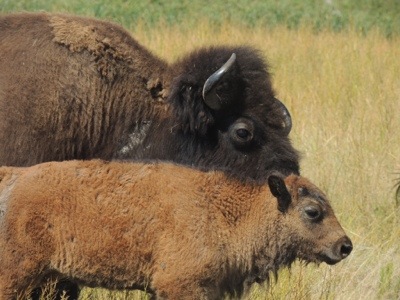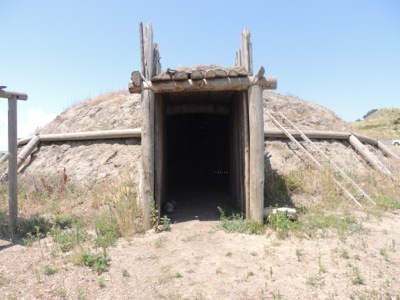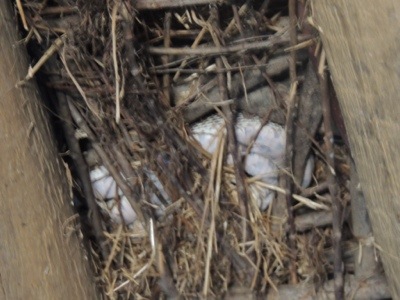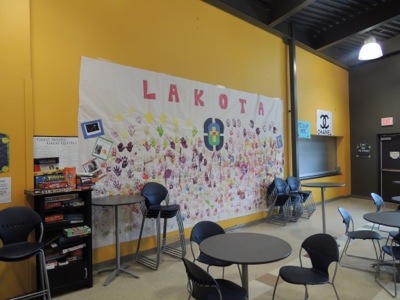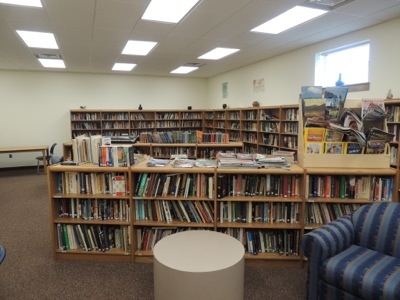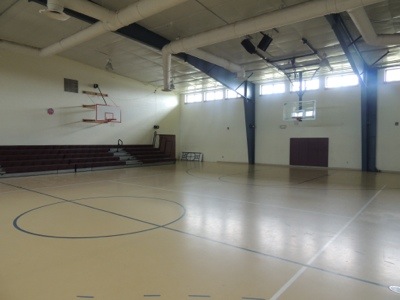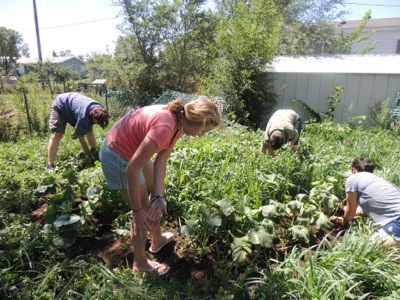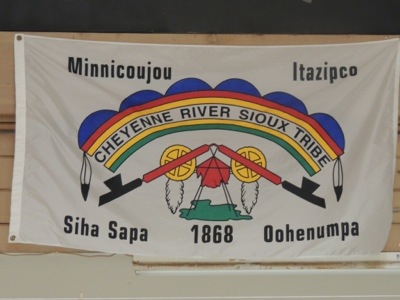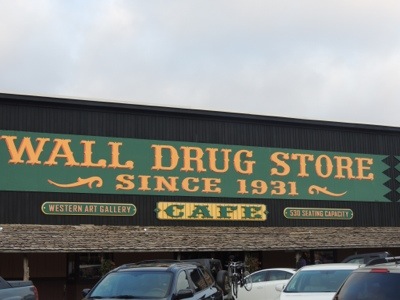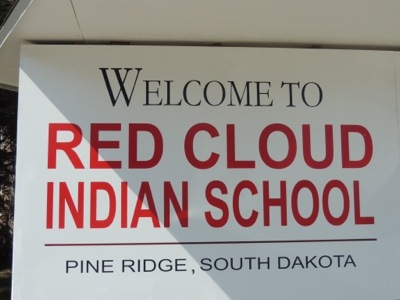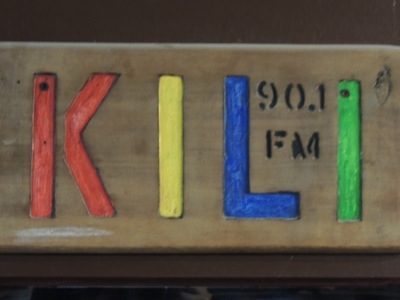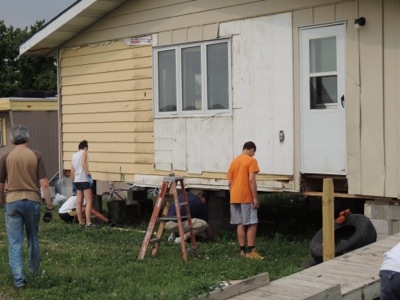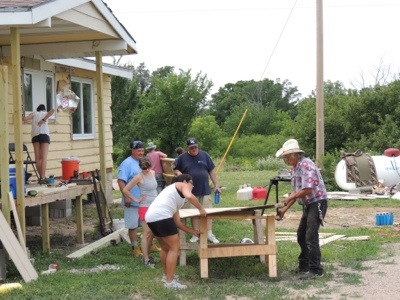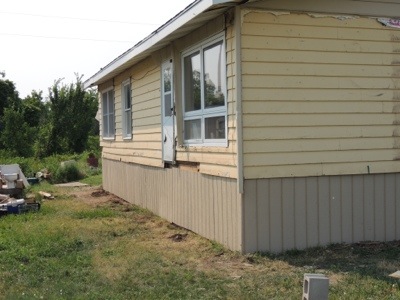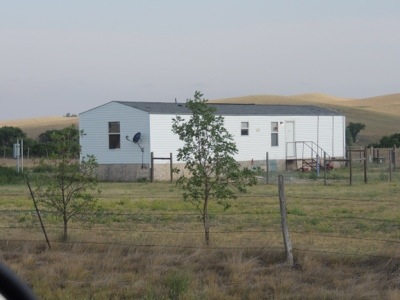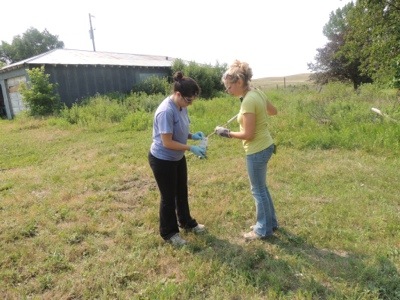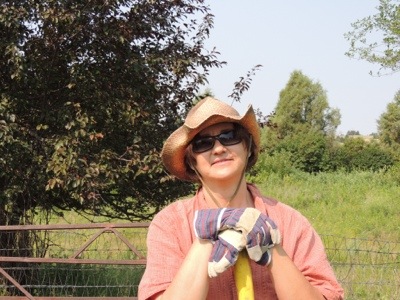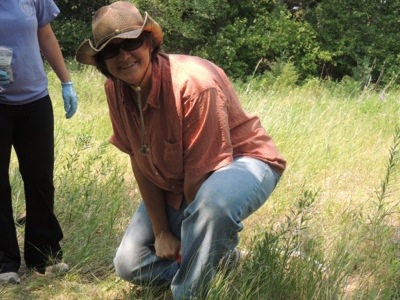If you live in a metropolitan area, suburban area, a rural region near a larger city, or really almost anywhere. If you are middle or upper class, economically stable, have a job, a steady income, have a car and a house or rent a nice apartment. If your local grocery store was caught selling rancid meat mixed with other meat, what would the outcome be? Would there be a national news story? Would it be picked up in the state news? What if the local people got really sick and had to be transported to the hospital for treatment? Would it be picked up by “Good Morning America”?, “The Today Show”? It could be, especially if you lived in the northeast, maybe near New York City or DC. There would be a huge public outcry over the deliberate poisoning of the general population.
In May this past year(2012), the meat department of the Sioux Nation Shopping Center in Pine Ridge was closed for 10 days for repackaging out of date meat and selling it as fresh. The store is owned by the Oglala Sioux Tribe, but operated by Cohn Wholesale Fruit and Grocery, Inc. Did you hear about this? Probably not, when I did a quick google search, the only news sites that came up were local to Pine Ridge and southwest South Dakota.
To add insult to injury, groceries on Pine Ridge are almost prohibitively expensive. My price point, a jar of Gerber Beef Baby Food, costs about $1.00 in Westminster, MD. When I was on Pine Ridge, the same food cost $1.33/jar. Add that same increase in cost to all the other items you need on a daily basis. So, not only was the meat department at the Sioux Nation Shopping Center selling outdated meat, but it was selling it for an increased price.
Hw often do you hear news from the Native American reservations? Not often, I am sure. You ended to seek it out. Please check out:
Lakota Country Times
and
Indian Country
for news from Native American reservations.



